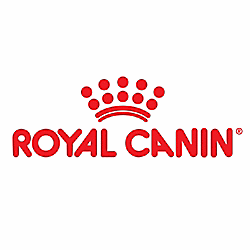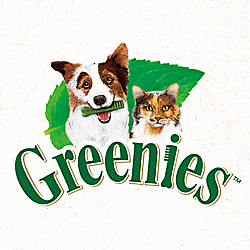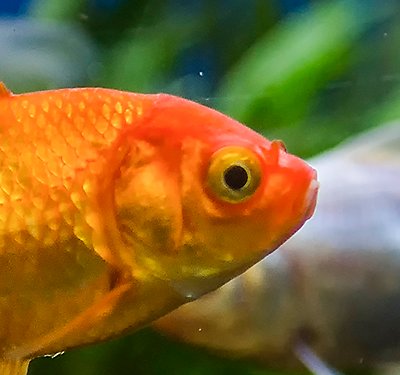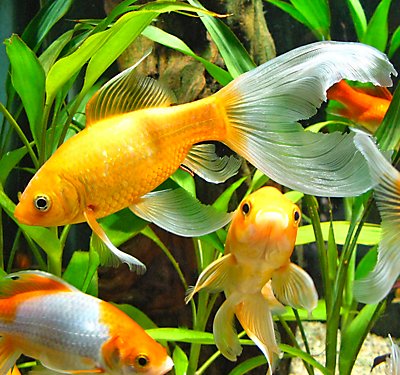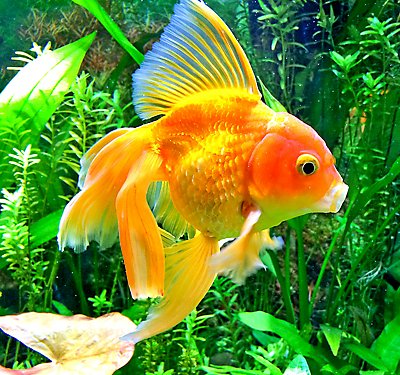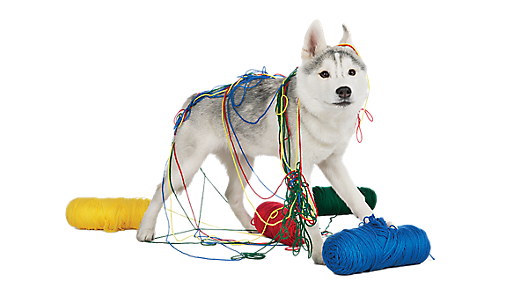
 top
top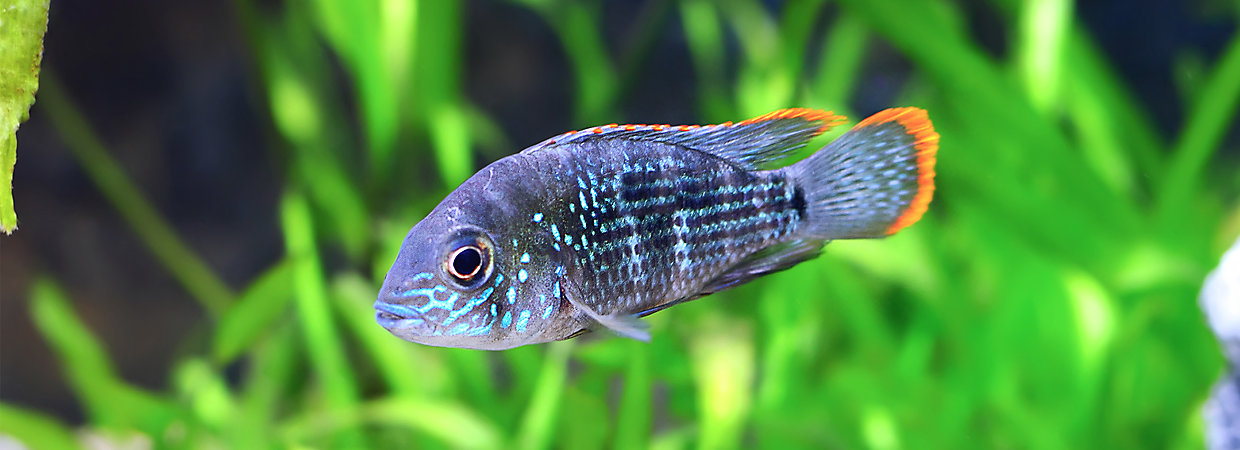
FISH / new pets
South & Central American Cichlid Care Guide
Tips from home to health to food and fun
Overview
- 6 things to know about South and Central American cichlids
- How do I set up my cichlid's home?
- What do I put in my cichlid's tank?
- Adding South and Central American cichlids to your aquarium
- What do South and Central American cichlids eat?
- How can I keep my South and Central American cichlid healthy?
6 things to know about South and Central American cichlids
- Experience Level: Intermediate
- Breeds: Popular South and Central American cichlids include Oscar, Firemouth, Jack Dempsey, Blue Ram, Convict, Blood Parrot, Midas, Angelfish and Texas cichlidsSize: They grow up to 3-10 inches (7-25 cm) long
- Lifespan: South and Central American cichlids live for 10-20 years depending on the species
- Habitat: They are best housed in a cichlid-only aquarium as they may eat fish small enough to fit into their mouths
- Behavior: They are often territorial and may become aggressive when trying to breed
How do I set up my South and Central American cichlid's home?
- The minimum size of your aquarium depends on how many cichlids you have and how big they will be as adults. Cichlids of 6 inches (15 cm) or less need at least a 20-gallon tank. Cichlids up to 8 inches (20 cm) long need at least a 29-gallon tank.
- If you plan to have multiple cichlids, follow this formula to determine whether the tank should be even larger. The aquarium should have two gallons of water for every inch of fully-grown fish.
- Place the tank near a power source in a low-traffic area, away from direct sunlight and drafts.
- Water weighs 8 pounds per gallon. Pick a very sturdy, stable base for your aquarium, then fill the tank with water.
- Set up the aquarium at least one day before you add any fish.
What do I put in my South and Central American Cichlids tank?
- If you will be using an under-gravel filter, add it first.
- Layer about 2 to 3 inches (5-8 cm) of gravel on the bottom of the tank (that works out to 1½ pounds of gravel per gallon of water). Rinse the gravel before putting it in the aquarium.
- Fill the tank about halfway up with dechlorinated water.
- Add the thermometer and other necessary equipment.
- Time to decorate! Add plants, rocks and fish décor. Because cichlids are territorial, provide enough furniture that each fish can establish its own turf. Cichlids also like to hide, so put several cave structures in the tank. Rinse all décor before adding it to the tank.
- Finish by filling the tank the rest of the way with water and cover with an illuminated hood.
Filtration
- An aquarium filter should be able to process all of the water in the tank 3 to 5 times an hour. For example, the filter in a 20-gallon tank would need to push through at least 60 gallons of water each hour. Follow the manufacturer's instructions for choosing and setting up the filter.
Heat and light
- Check the temperature your South and Central American Cichlids will need before you bring them home. Tropical fish need warm water that's between 74 and 82 degrees Fahrenheit.
- Choose an aquarium heater with 5 watts of power for each gallon of water in the aquarium. A large aquarium may need a heater at each end.
- Wait 15 minutes after filling the tank before turning on the heater.
- Place the heater close enough to the filter to distribute the warmed water.
- Run the tank's filter and the tank's hood light for 24 hours, then check the water temperature and adjust the heater if necessary.
Adding South and Central American cichlids to your aquarium
- Bring your cichlids home right away after you buy them.
- Place them in your aquarium — inside their bag — for 15 minutes so they can get used to the new water temperature.
- Next, use a net to transfer the cichlids into your aquarium. Try not to bring too much of their old water with them.
- Add only one to three cichlids at a time to make sure the bioload added to the aquarium can be handled by the beneficial bacteria in the filter.
- Add beneficial bacteria supplements to the water to promote biological waste breakdown when adding fish.
- The chemical balance in your aquarium will change with every new fish you introduce, so check the water's pH, ammonia, nitrite and nitrate levels regularly.
- Maintain a healthy environment for your fish with frequent water testing and by changing 10% of the water weekly, or 25% monthly. Refill with water that is treated with dechlorinator.
Water quality testing
PetSmart offers free aquarium water testing. Bring in a sample and we can test its quality within minutes.
What do South and Central American cichlids eat?
Feed your cichlid flakes or pelleted food. Find the right meal size by monitoring how many flakes or pellets your fish can eat in 3 minutes, and feed them that amount twice daily. Offer frozen or freeze-dried brine shrimp or bloodworms as treats.
Shop foodHow can I keep my cichlid healthy?
Speak with a PetSmart store associate or contact a veterinarian if you notice these symptoms:
- Unusual swimming pattern
- Thinness or decreased appetite
- Abdominal swelling
- Inflamed or discolored skin or fins
- Fins clamped to sides of body
- Scraping body on rocks (flashing)
PET SAFETY TIPS
- Always add a dechlorinator or water conditioner to tap water before adding it to the aquarium.
- Do not use soaps or detergents to clean aquarium or decor, since they are toxic to fish.
- Fish and aquatic animals can transmit disease to humans. Wash your hands with soap and water before and after interacting with your aquarium. Children, pregnant women, elderly people and people with immune-system problems should take extra care.
- Adults should assist children with hand washing after contact with a pet, its habitat or aquarium water.
- Keep fish away from food and areas where food is prepared.
- Never release fish into the wild.
PET SAFETY TIPS
- ALL ANIMALS can potentially carry viral, bacterial, fungal, and parasitic diseases contagious to humans.
- Thoroughly wash your hands with warm, soapy water before and after contact with any pet or its habitat.
- Adults should assist children with hand washing after contact with a pet, its habitat or aquarium water.
VET ASSURED™
Pets purchased at PetSmart are part of our exclusive Vet Assured™ program, designed by PetSmart veterinarians to help improve the health and well being of our pets.
Our vendors meet a high standard in caring for pets and screening them for common illnesses. This program also includes specific standards for in-store pet care.
PETSMART PROMISE
If your pet becomes ill during the initial 14-day period, or if you're not satisfied for any reason, PetSmart will gladly replace the pet or refund the purchase price.

